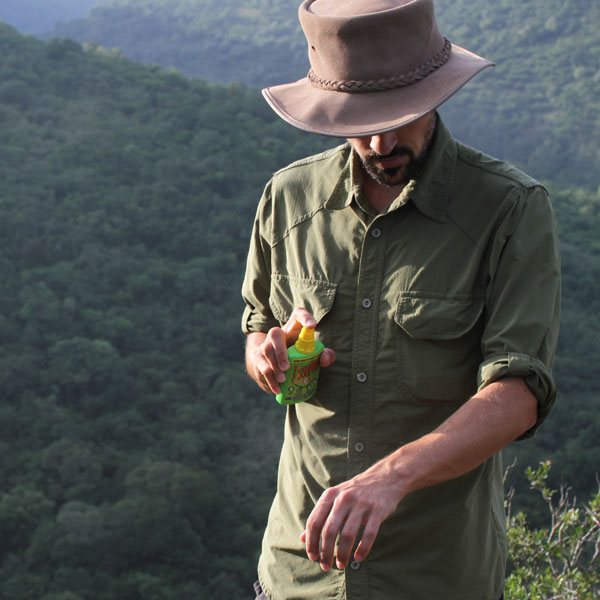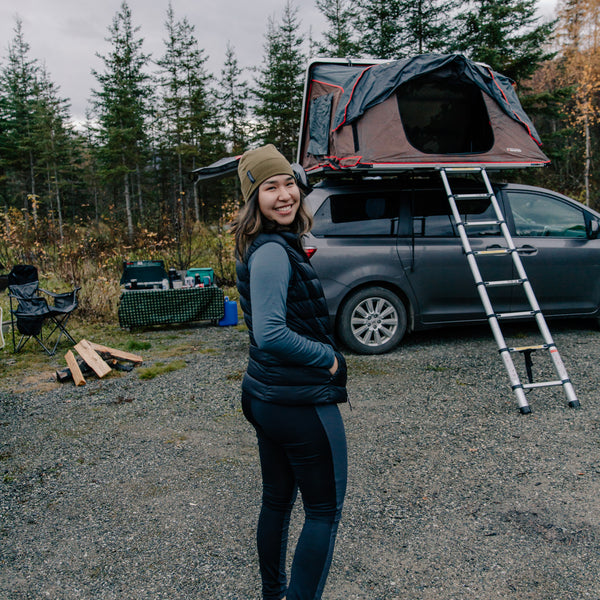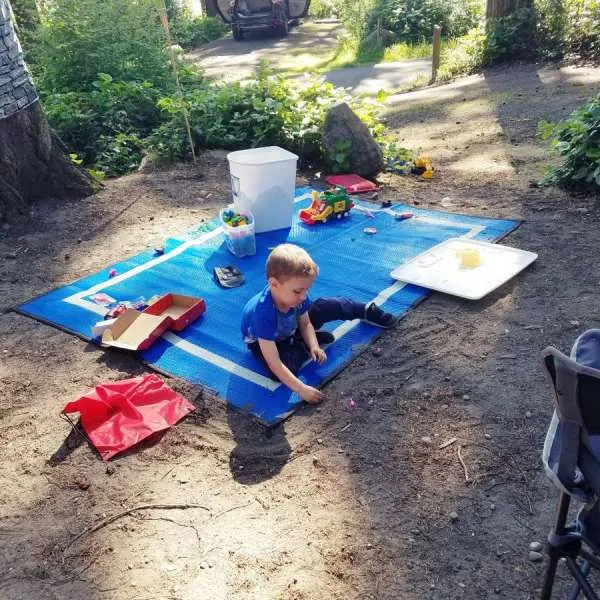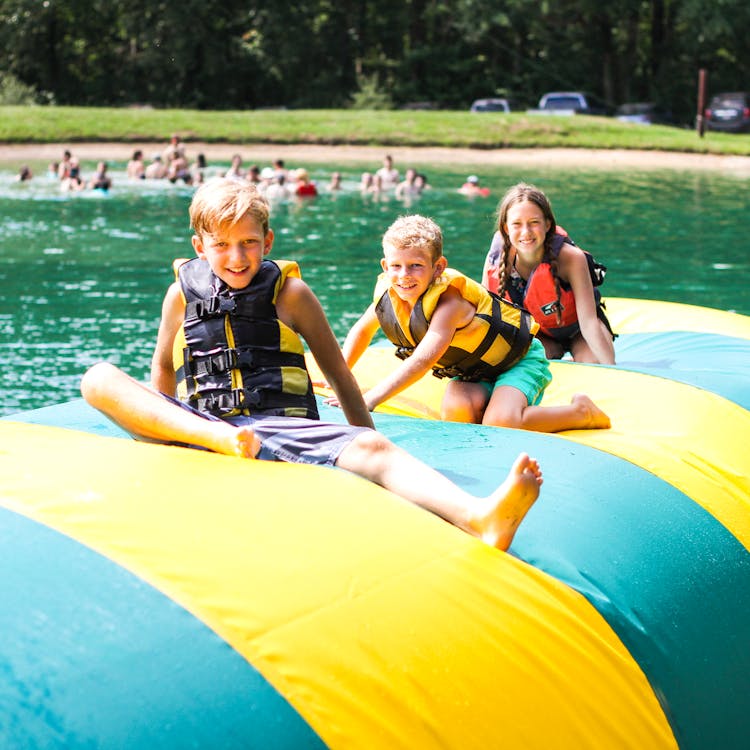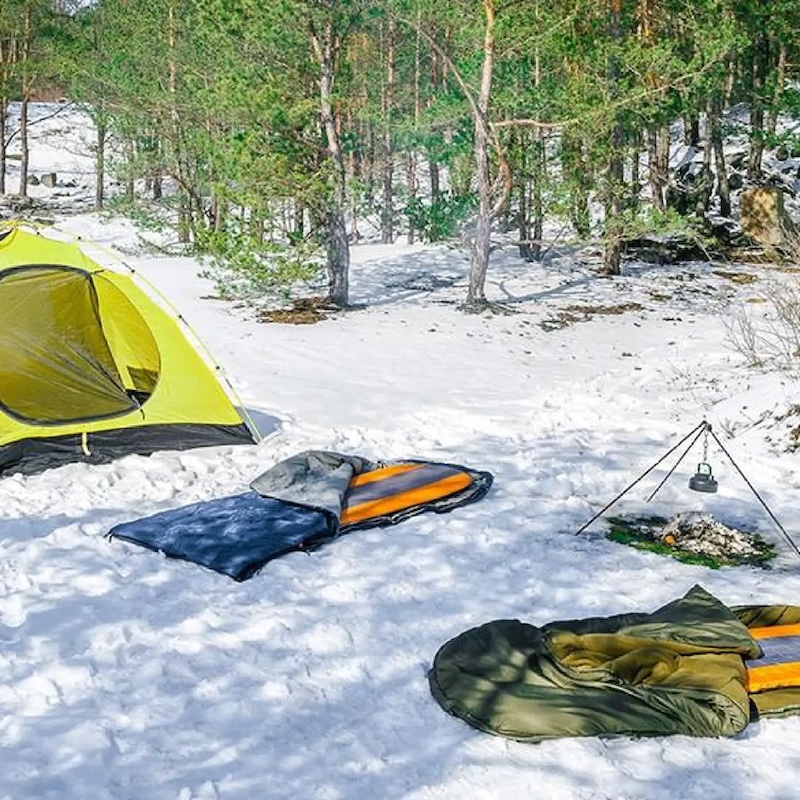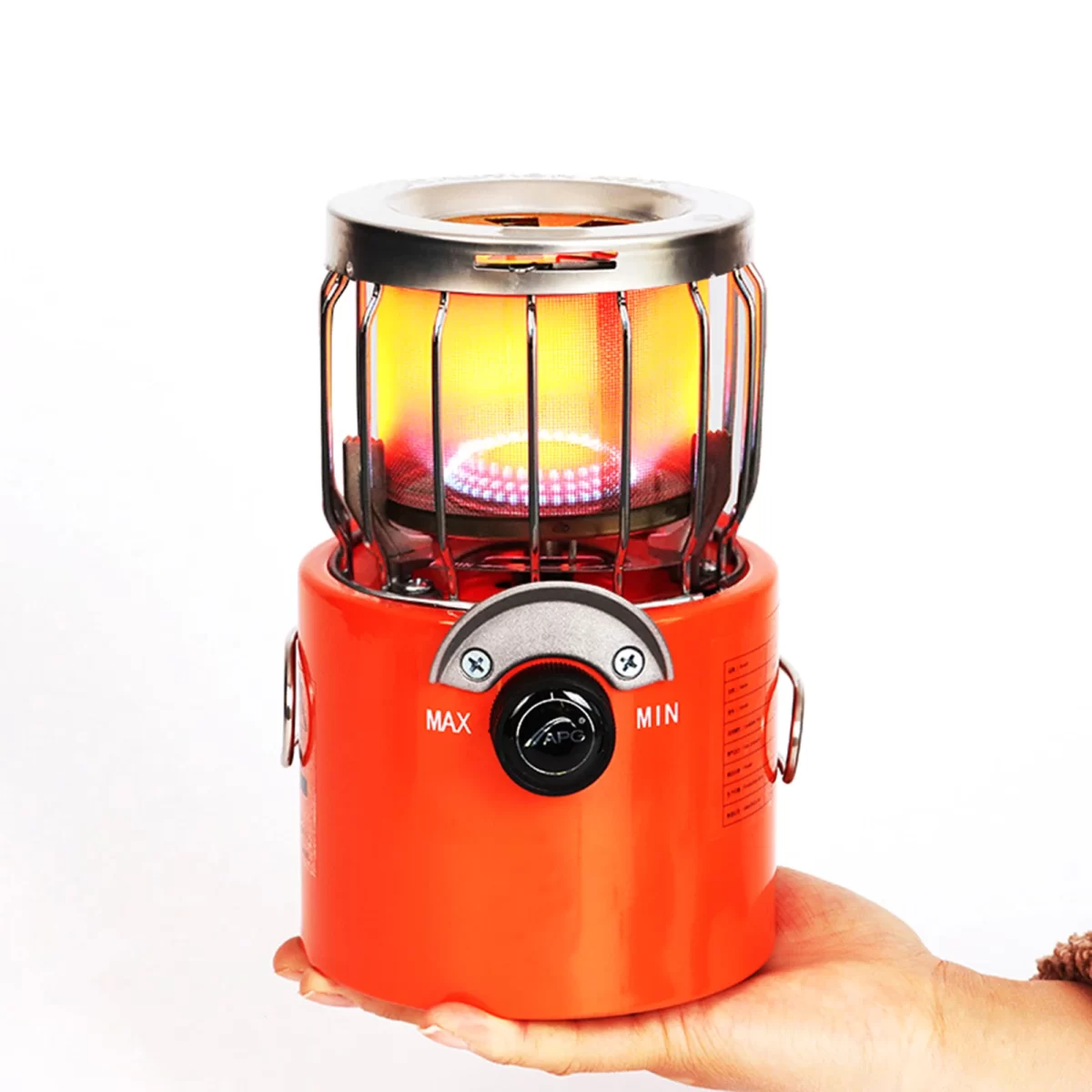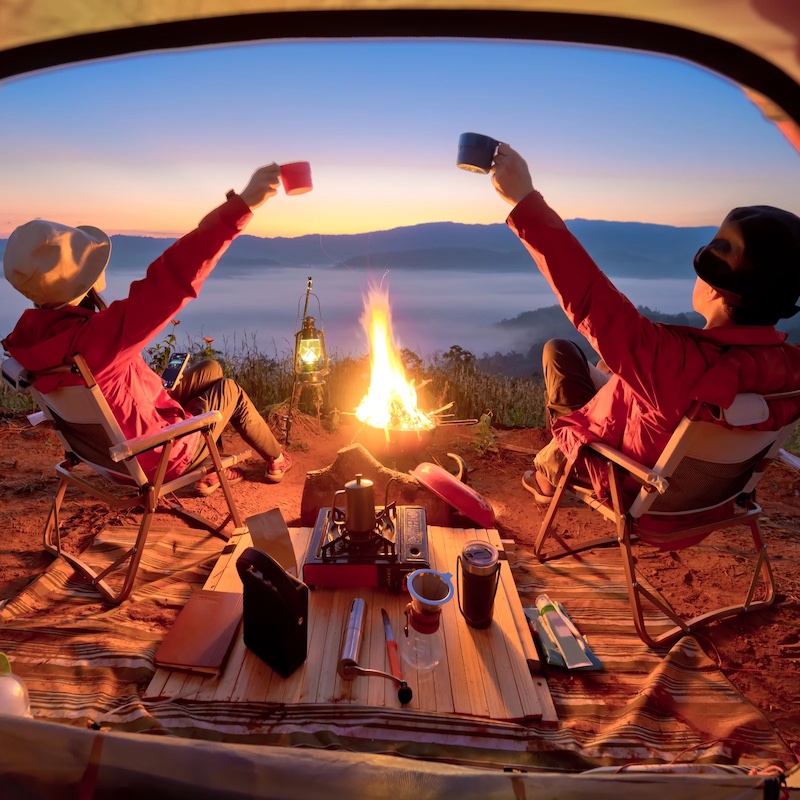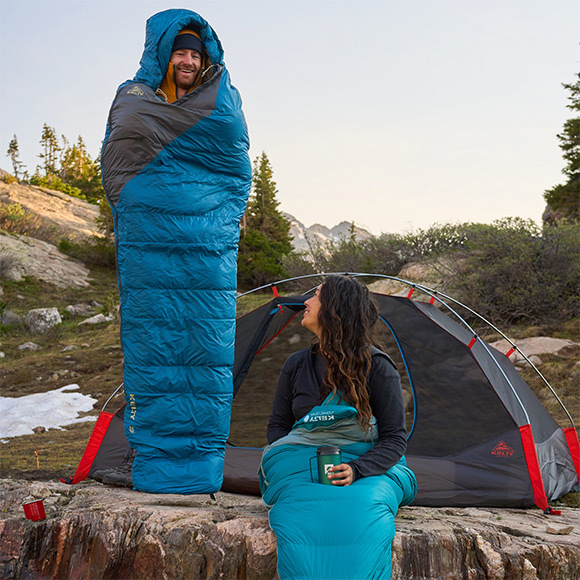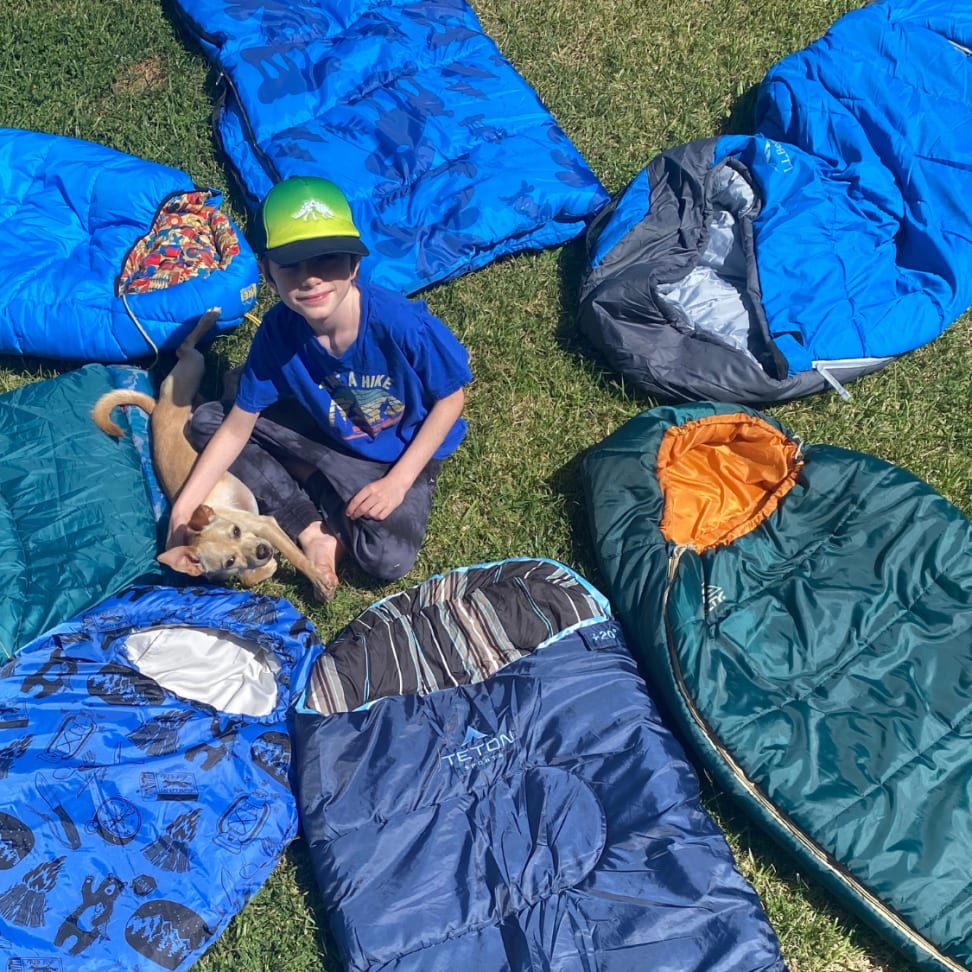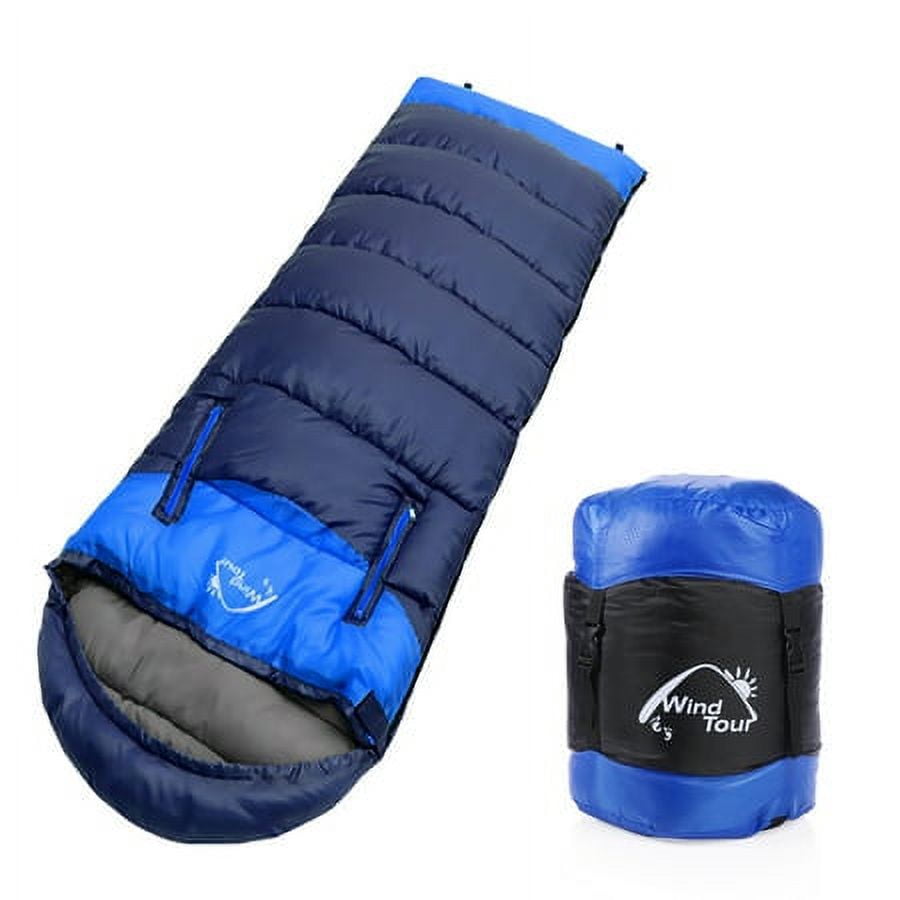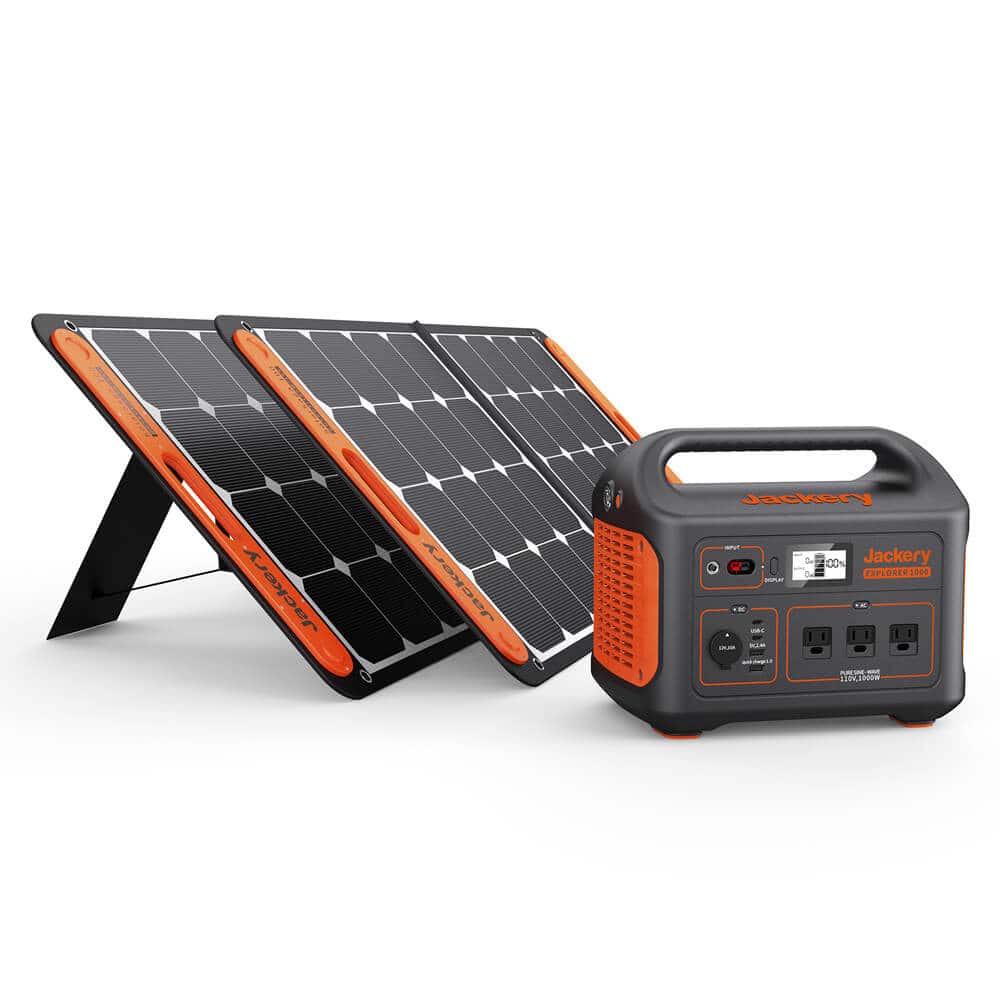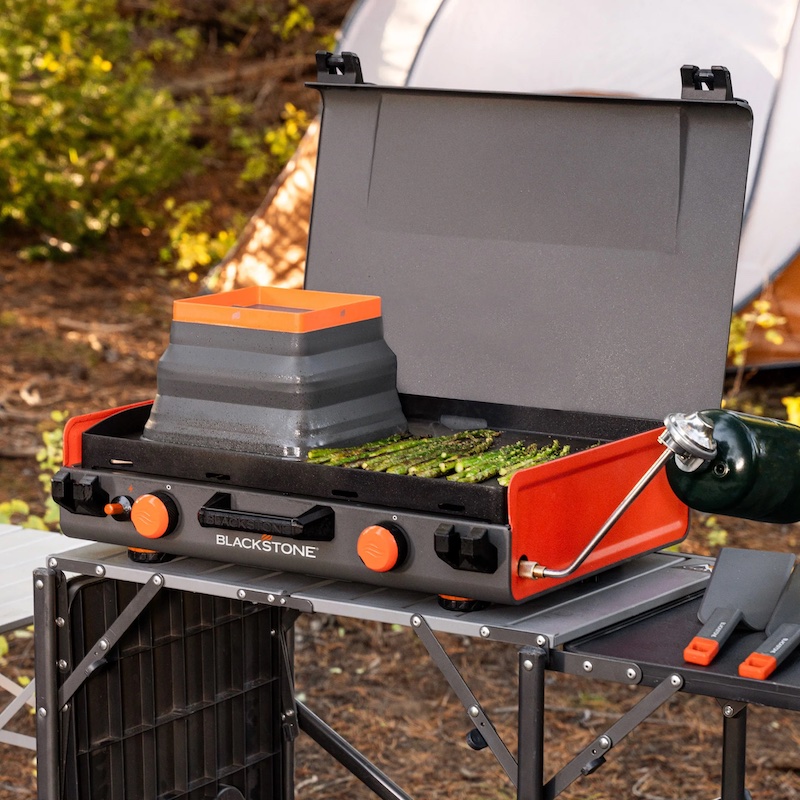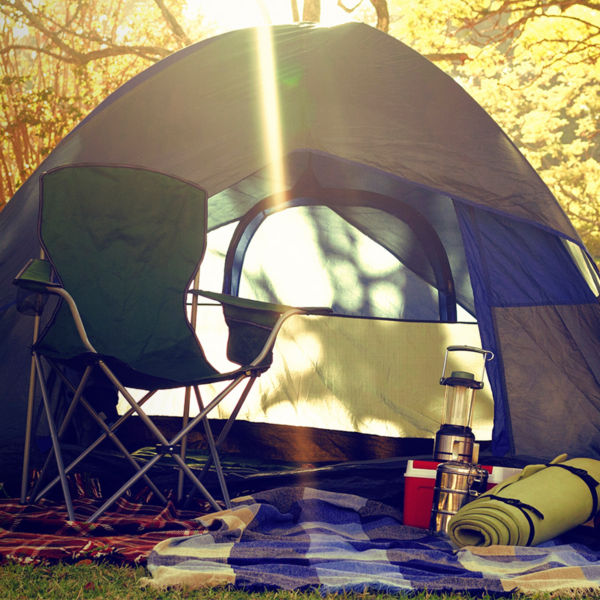Introduction
Camping is one of the best ways to enjoy the great outdoors and escape the hustle and bustle of everyday life. Whether you’re going on a weekend backpacking trip or a week-long camping excursion, having the right clothes can make your outdoor adventure more comfortable and enjoyable. In this guide, we’ll explore the essential clothing items you should pack for your next camping trip.
Part 1: Base layer clothing
Level 1: Importance of base layer clothing
Before you start packing for your camping trip, it’s essential to understand the importance of base layer clothing. The base layer is the first layer of clothing that comes into contact with your skin, and its primary function is to manage moisture and regulate body temperature. Without the right base layer clothing, you may find yourself cold and uncomfortable, regardless of the weather.
Level 2: Recommended base layer clothing
When it comes to choosing the right base layer clothing for camping, opt for moisture-wicking and quick-drying materials such as merino wool or synthetic fabrics. These materials are designed to draw moisture away from the skin, keeping you dry and warm. Additionally, consider packing both lightweight and mid-weight base layers to accommodate changing weather conditions.
Part 2: Insulating layers
Level 1: Purpose of insulating layers
Insulating layers are designed to provide warmth and insulation in cold weather conditions. These layers are essential for staying comfortable during chilly nights and early mornings at the campsite. While you may not need them during the day, insulating layers are crucial for retaining body heat when temperatures drop.
Level 2: Recommended insulating layers
When it comes to insulating layers, pack a combination of fleece jackets, down or synthetic insulated jackets, and thermal leggings or pants. These items can be easily layered over your base layer clothing to provide additional warmth when needed. Look for lightweight, compressible, and packable options to save space in your backpack.
Part 3: Outerwear
Level 1: Importance of outerwear
Outerwear is essential for protecting yourself from the elements while camping. Whether it’s rain, wind, or sun, having the right outerwear can make a significant difference in your comfort and overall camping experience. In addition to providing protection, outerwear also serves as a barrier against moisture and helps regulate body temperature.
Level 2: Recommended outerwear
When packing for your camping trip, be sure to include a waterproof and windproof jacket, a durable pair of hiking pants or shorts, and a wide-brimmed hat for sun protection. Consider the climate and terrain of your camping destination to determine the specific type of outerwear you will need.
Part 4: Footwear
Level 1: Importance of proper footwear
Proper footwear is crucial for a successful camping trip, as it provides comfort, support, and protection for your feet throughout your outdoor adventures. Ill-fitting or unsuitable footwear can lead to blisters, discomfort, and even injuries, so it’s essential to invest in quality hiking boots or shoes.
Level 2: Recommended footwear
When it comes to choosing the right footwear for camping, opt for waterproof and breathable hiking boots with good ankle support. Additionally, pack a pair of comfortable camp shoes, such as sandals or lightweight sneakers, for relaxing around the campsite or for short walks in the evenings.
Part 5: Accessories
Level 1: Essentials accessories for camping
In addition to clothing, accessories play a vital role in keeping you comfortable and prepared during your camping trip. From headwear to gloves, having the right accessories can enhance your outdoor experience and provide additional protection against the elements.
Level 2: Recommended accessories
Consider packing a wide range of accessories, including a brimmed hat for sun protection, a beanie or balaclava for warmth, lightweight gloves, sunglasses with UV protection, and a neck gaiter or scarf for added warmth and protection. Additionally, don’t forget to bring moisture-wicking socks, a versatile buff, and a lightweight backpack for day hikes.
Part 6: Essential Camping Footwear
When it comes to camping, the right footwear can make all the difference in your outdoor adventures. Whether you’re hiking through rugged terrain, wading through streams, or simply strolling around the campsite, having the right shoes can keep you comfortable and protected. Here are some essential footwear options for camping:
- Hiking Boots: Durable, supportive hiking boots are a must-have for any camping trip. Look for waterproof and breathable options with sturdy outsoles and ankle support for added stability on uneven terrain.
- Water Shoes: If your camping trip involves water activities such as swimming, kayaking, or fishing, a pair of water shoes can be a game-changer. These quick-drying, lightweight shoes provide protection and traction on wet surfaces.
- Sandals: A pair of comfortable, durable sandals can be a great choice for casual campsite wear and shorter hikes. Look for styles with adjustable straps and sturdy soles for maximum comfort and support.
- Camp Shoes: Many campers like to bring a pair of lightweight, slip-on shoes to wear around the campsite. These can be an easy way to give your feet a break from your hiking boots while still offering some protection and support.
- Socks: Don’t forget about the importance of good quality socks. Look for moisture-wicking, cushioned socks that provide comfort and prevent blisters.
Choosing the right footwear for your camping trip can help keep your feet happy and comfortable, allowing you to fully enjoy the great outdoors.
Part 7: Layering for Changeable Weather
When it comes to camping, preparing for changeable weather is crucial. The key to staying comfortable in varying temperatures and conditions is layering. By layering your clothing, you can easily adjust to changing weather, stay warm, and maintain your comfort level. Here are some layering tips for camping:
Base Layer: The base layer is the first layer of clothing you put on. Look for moisture-wicking, quick-drying materials like merino wool or synthetic fabrics. These materials will help keep you dry and comfortable, even if you start to sweat.
Mid Layer: The mid layer provides insulation and warmth. Fleece jackets, down vests, and softshell jackets are popular choices for camping. Make sure the mid layer is easy to pack and carry.
Outer Layer: The outer layer, like a waterproof jacket or windbreaker, protects you from the elements. Look for a breathable, waterproof, and lightweight option that can be easily packed and pulled out if the weather turns.
Accessories: Don’t forget to layer your accessories as well. A warm hat, gloves, and a scarf can make a big difference in maintaining your comfort level in cold weather.
Part 8: Choosing the Right Camping Hats
When it comes to camping, protecting yourself from the sun, rain, and other elements is crucial. One essential piece of gear to achieve this is a good camping hat. With the right hat, you can stay cool, avoid sunburn, and even protect yourself from biting insects. Here are some popular types of camping hats to consider:
Wide-Brimmed Hat: Wide-brimmed hats provide excellent sun protection for your face, neck, and ears. Look for hats with an adjustable chin strap to keep it secure in windy conditions.
Baseball Cap: A classic baseball cap can provide some sun protection and keep sweat out of your eyes. Look for a cap with a dark underbrim to reduce glare and improve visibility.
Bucket Hat: Bucket hats are a trendy and functional option for camping. They provide all-around sun protection and are typically made from lightweight, breathable materials.
Boonie Hat: Boonie hats are similar to wide-brimmed hats but offer added versatility with adjustable brims. Many boonie hats also feature a bug net to keep insects at bay.
Beanie: In cooler weather, a comfortable, warm beanie can keep your head and ears cozy during chilly evenings at the campsite.
When choosing a camping hat, consider factors such as sun protection, breathability, packability, and comfort. The right hat can make a big difference in your overall camping experience.
Conclusion
Packing the right clothing for your camping trip is essential for staying comfortable and safe in the great outdoors. By considering the different layers, outerwear, footwear, and accessories needed for a camping adventure, you can ensure that you are well-prepared for whatever Mother Nature throws your way. With the right clothing and gear, you can fully immerse yourself in the beauty of the outdoors and make lasting memories on your camping trip.
